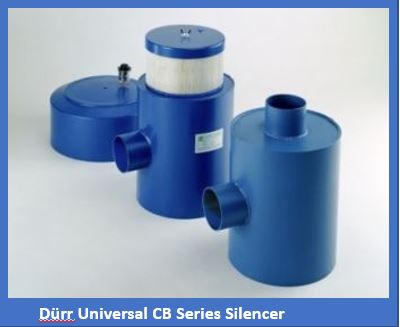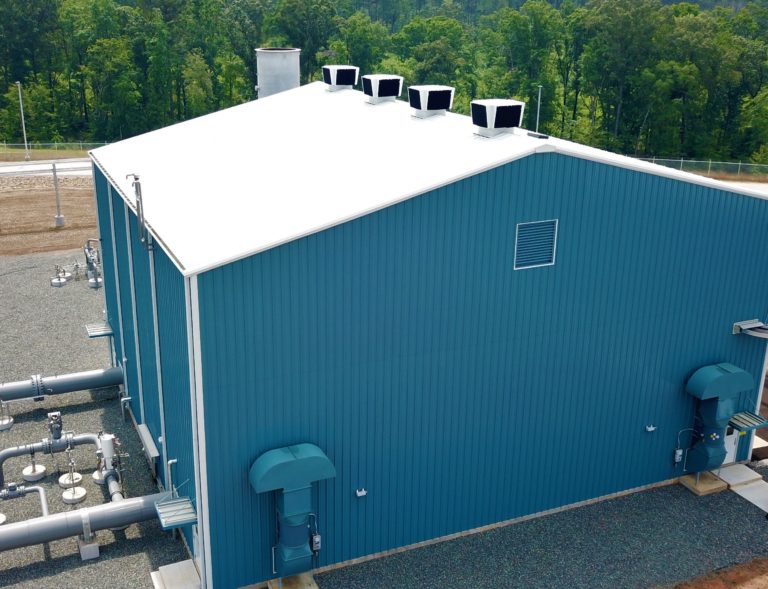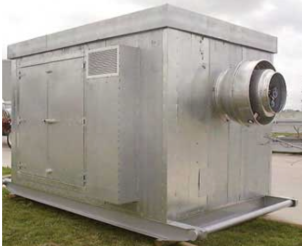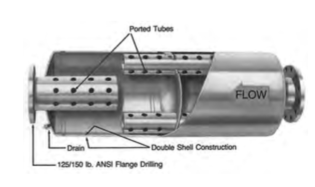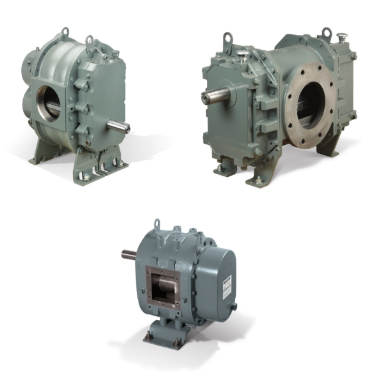Topics: Noise Control
In part 2 of this series, we used acoustic calculations to evaluate whether the combined noise from the interior of a building and a supply fan exceeded a given noise limit. In this third part, we will analyze the use of sound reduction techniques to bring the combined noise in under the noise limit. Sound …
Meeting Acoustic Requirements Part 3: Sound Reduction Techniques Read More »
In part 1 of this series, we covered the key terms used in our acoustic calculations. In this second part, we will apply the science of sound to an actual project that I worked on for a gas pipeline customer. Project Requirements Our customer had an overall maximum SPL limit of 50 dBA at 50 …
Meeting Acoustic Requirements Part 2: Acoustic Calculations Read More »
When designing a ventilation system, it is often as important to meet acoustic requirements for the system as it is to meet requirements for air flow and pressure. We see this a lot when we are designing ventilation systems for gas pipeline compressor stations. The specifications for the station will often provide a maximum decibel …
Meeting Acoustic Requirements Part 1: Science of Sound Read More »
At Eldridge, we love industrial ventilation problem solving. A problem solving approach to meeting a customer’s needs is part of our company culture and for those that have been with Eldridge for a long time, you could say that it is in their DNA. The fact that we been granted seven patents is a true …
Industrial Ventilation Problem Solving Read More »
Positive displacement (PD) blowers are vitally important for many applications in industries such as chemical, dairy, bulk handling, oil & gas and pulp & paper. But their drawback is that they are notoriously noisy and will need some type of silencing equipment to dissipate the noise. To meet the OSHA noise safety standards and to …
Selecting the Right PD Blower Silencer Read More »
Our first E-Hive Hood was installed around a year ago as part of an Eldridge designed gas pipeline compressor station ventilation system. They were installed as part of a gas pipeline compressor station ventilation system Eldridge designed. Our E-Hive Hoods were a key component in providing adequate air flow for the building while also …
E-Hive Hood Success Story Read More »
In the third and final part of this series, I am going to discuss how blower enclosures can be used for silencing noisy blowers. Enclosure Applications Sometimes silencers aren’t enough to silence a really noisy PD blower. An enclosure built around a PD blower provides additional noise attenuation if either the noise from the silencers …
Silencing Noisy Blowers Part 3: Blower Enclosures Read More »
In the first part of this series on Silencing Noisy Blowers, we discussed noise sources and frequencies. In the second part of this series, we will be discussing how blower silencers can be used to silence a noisy PD blower. Silencers Types The most common way to reduce PD blower noise is to use silencers. …
Silencing Noisy Blowers Part 2: Blower Silencers Read More »
Positive displacement (PD) blowers are very efficient at many types of processes such as vacuum processing, conveying, blending and aeration. They are vital pieces of equipment for the chemical, dairy, bulk handling, oil & gas and pulp & paper industries. Despite the critical role that a PD blower plays in many manufacturing processes, it …
Silencing Noisy Blowers Part 1: Noise Sources and Frequencies Read More »





